Deck & Commander Strategies
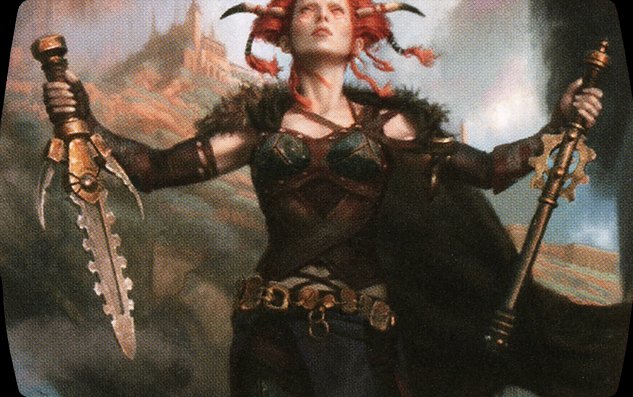
Jeska, Thrice Reborn
Aggressively leverages Jeska's damage triggers and combat abilities to pressure opponents, combined with efficient removal and tutors to maintain board control and assemble finishers.
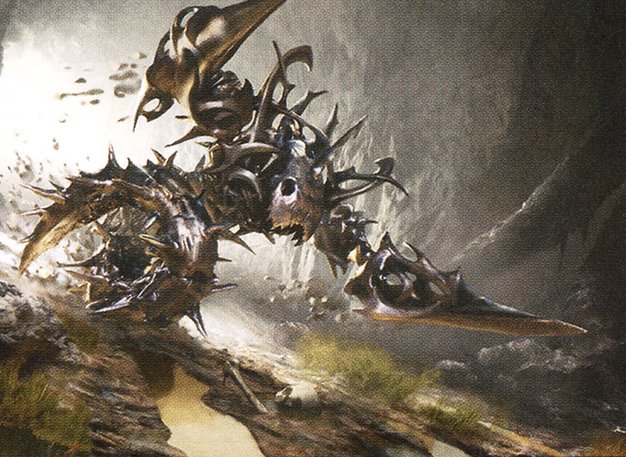
Armix, Filigree Thrasher
Utilizes artifact synergy and token generation to gain incremental advantage, disrupting opponents’ mana and controlling the board with removal and value creatures.

Grolnok, the Omnivore
Focuses on graveyard recursion and board presence with persistent creatures, using combat damage and sacrifice outlets to generate value and pressure opponents.

Malcolm, Keen-Eyed Navigator
Executes a Doomsday combo plan to stack the deck and win by assembling specific cards, supported by disruption and card draw to protect the combo and clear the path.
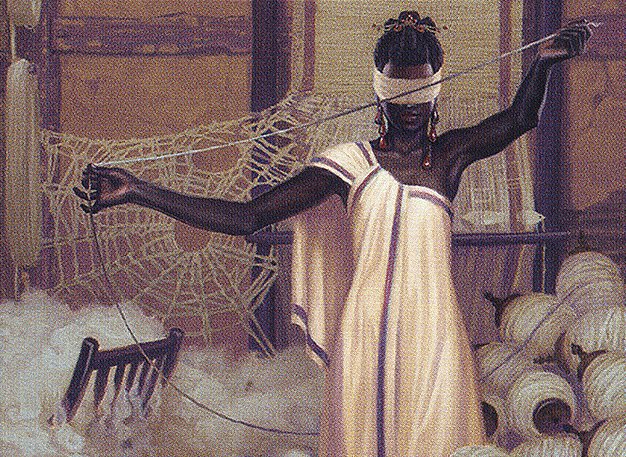
Tymna the Weaver
Leverages card draw from dealing combat damage and effective disruption spells, supporting a toolbox-style approach that adapts to opponents' threats and combos.
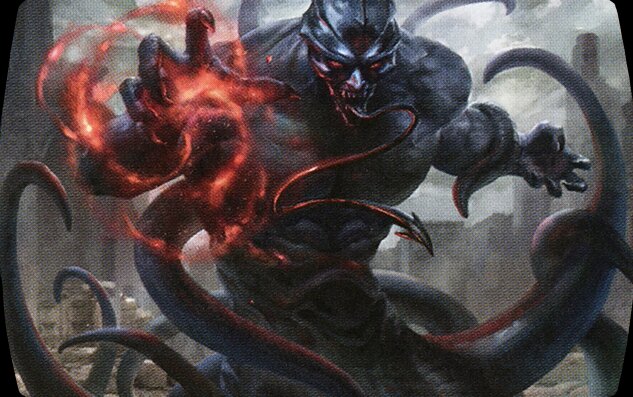
Tevesh Szat, Doom of Fools
Utilizes black mana advantages and discard effects to control opponents’ hands and disrupt their plans while generating card advantage through spells and recursion.
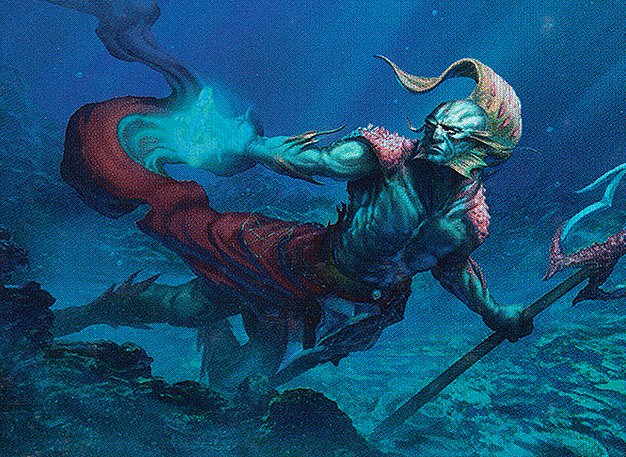
Thrasios, Triton Hero
Serves as a value engine that ramps and draws cards, enabling powerful plays and combos by providing steady mana fixing and card selection.
Gameplay Insights
- 1
Early removal of mana acceleration like Mana Crypt significantly slowed down opponents' explosive starts, highlighting the importance of disrupting ramp in cEDH.
- 2
The use of Silence to protect key combo spells from counterspells was critical in allowing Doomsday to resolve and shift the game momentum.
- 3
Players prioritized tutor effects to find combo pieces or interaction, demonstrating the high value of card selection in competitive multiplayer formats.
- 4
Graveyard hate and exile effects played a pivotal role, particularly after the Doomsday, preventing easy recursion and forcing players to adapt their plans.
- 5
Combat damage was used strategically not only to reduce opponents’ life totals but also to generate valuable triggers for card draw and mana production.
- 6
Sequencing of spells around interaction such as Mental Misstep and Spell Pierce illustrated the tight timing battles typical of high-level cEDH gameplay.
Notable Cards
-

Mana Crypt
-
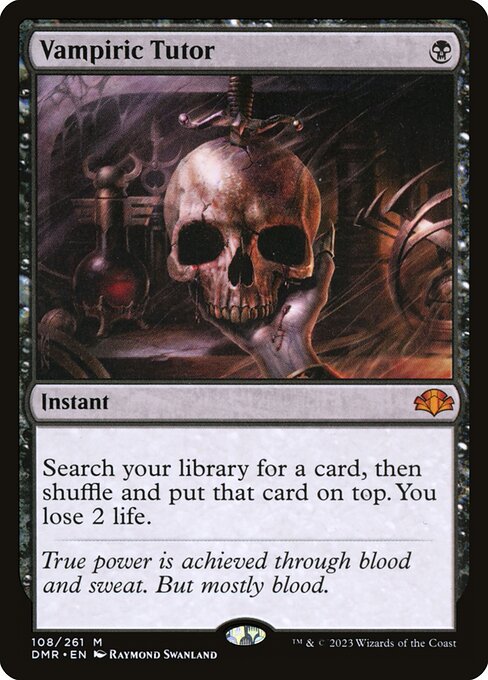
Vampiric Tutor
-
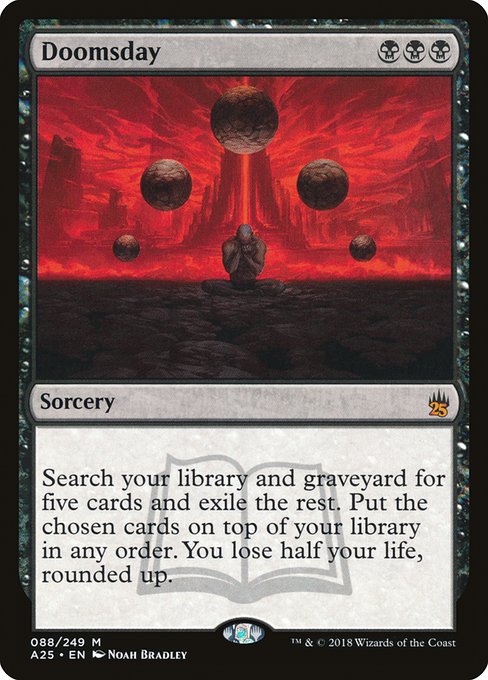
Doomsday
-
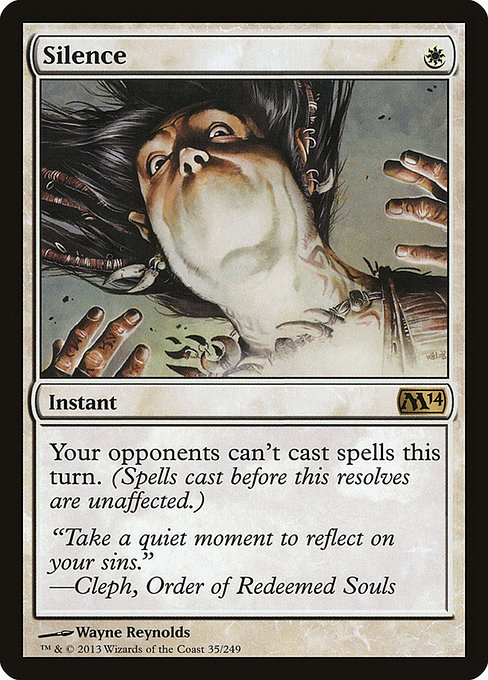
Silence
-

Entomb
-
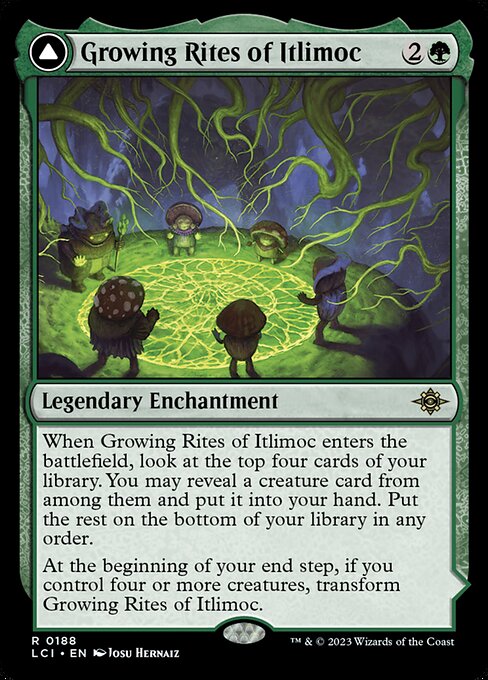
Growing Rites of Itlimoc // Itlimoc, Cradle of the Sun
-
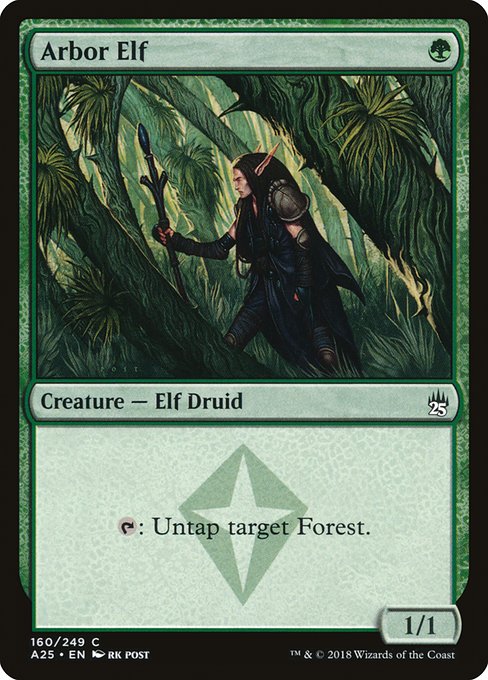
Arbor Elf
-
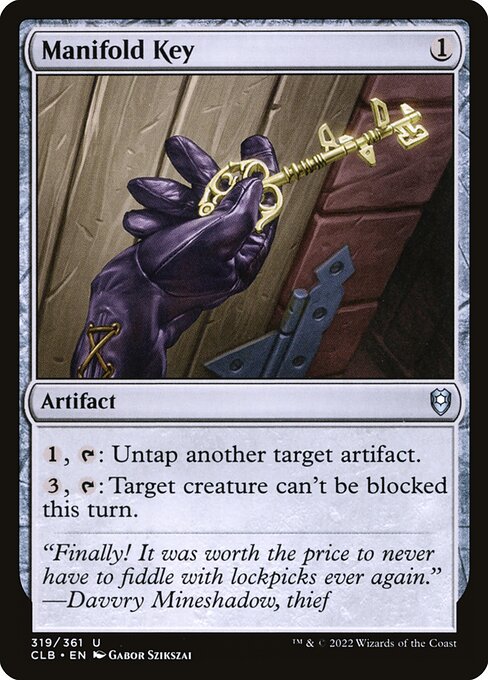
Manifold Key
-
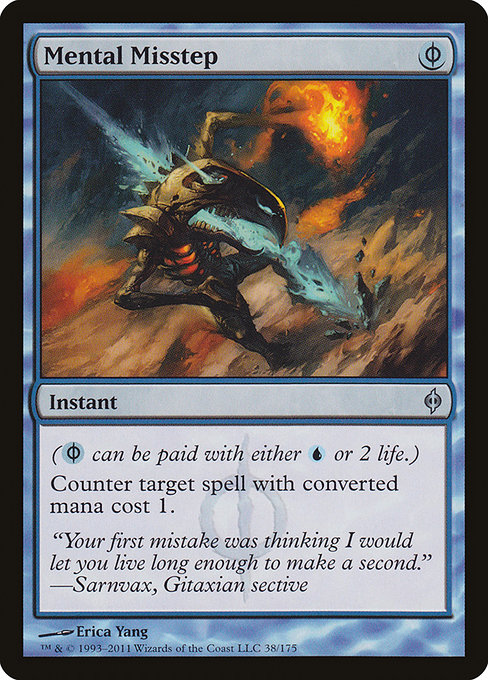
Mental Misstep
-

Spell Pierce
-
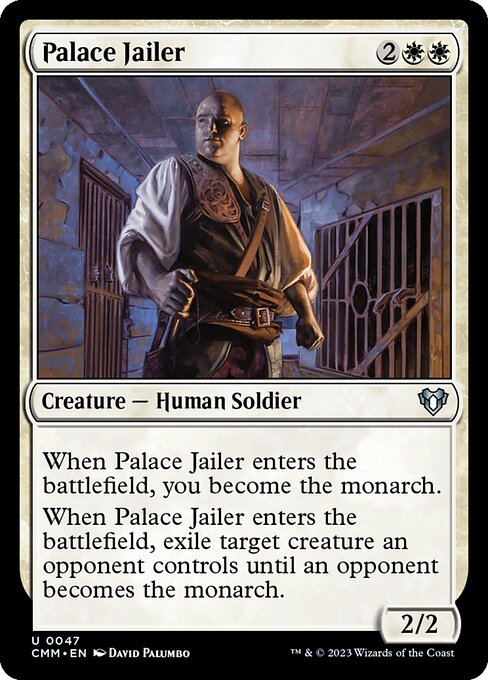
Palace Jailer
Gameplay Summary
The game started with players ramping and setting up early plays, including key mana accelerants like Moxen, mana crypts, and mana dorks.
Early interaction was heavy, with removal spells targeting critical pieces such as mana crypts and tutors being used to shape the board and disrupt opponents' plans.
One pivotal moment was when a player successfully resolved a Doomsday, wiping most graveyards and consolidating resources, which significantly shifted the game state and put pressure on opponents.
Despite graveyard disruption and interaction, board presence was maintained with creatures like Grolnok and Timna enabling incremental advantage through combat and treasure tokens.
Later in the game, players leveraged card draw engines and value creatures to maintain card advantage.
There was a strong focus on timing key spells like Silence to protect important combos or plays and prevent counterspells, highlighting the tense interaction typical of cEDH pods.
The game featured tactical attacks and resource management, with players carefully choosing when to push damage or preserve life totals.
The final stages saw attempts at assembling combos and breaking board stalls with recursion and reanimation, culminating in a complex and high-stakes midgame scenario where the outcome hinged on precise sequencing and interaction.









































